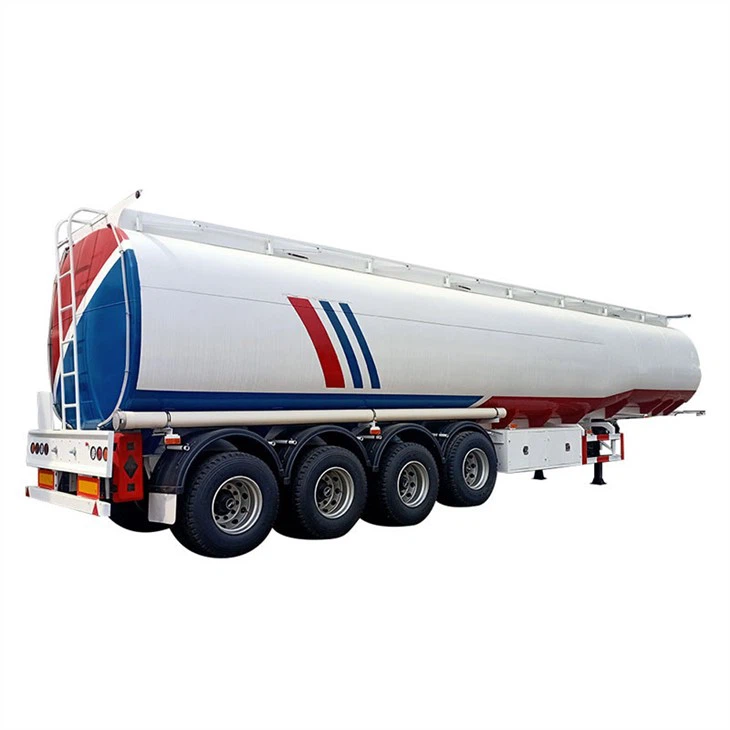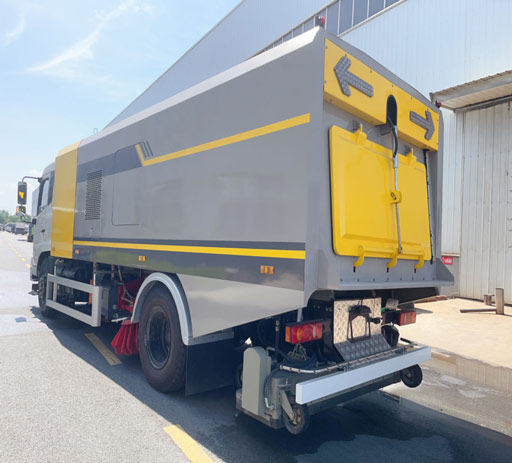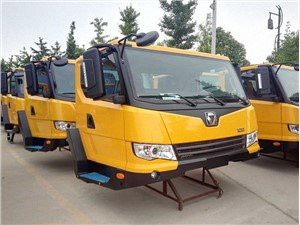Understanding the Propane Tank Pressure Chart: A Comprehensive Guide

Propane has long been a trusted source of fuel for heating, cooking, and a range of other applications. However, ensuring you have the right pressure in your propane tank is crucial for safe and efficient use. In this guide, we’ll explore the propane tank pressure chart, provide insights into how propane pressure works, and discuss practical considerations for users.
What is a Propane Tank Pressure Chart?
A propane tank pressure chart is a valuable resource that shows the relationship between the temperature of propane and the corresponding pressure inside a tank. Understanding this chart can help users maintain proper pressure levels, ensuring safe and efficient propane use in various applications.
Why Understanding Propane Pressure is Important
Maintaining the correct propane pressure is vital for safety and performance. Low pressure can lead to inefficient combustion, causing appliances to work harder, while high pressure can result in leaks or pressure relief valve activations. Thus, understanding and monitoring tank pressure is essential.
How Propane Pressure Works
The pressure of propane within a tank is determined primarily by its temperature. As the temperature of the propane increases, so does the pressure inside the tank. Conversely, when the temperature drops, the pressure decreases. This relationship is critical in understanding how to read and use a propane tank pressure chart effectively.
The Basics of Propane Behavior
Propane, like many gases, expands when heated and contracts when cooled. This behavior follows the principles of gas laws, linking temperature and pressure. This section will delve deeper into the scientific aspects behind propane pressure.
Gas Laws and Propane
The behavior of gases is often described using the ideal gas law, which states that pressure (P), volume (V), and temperature (T) are related as follows:
PV = nRT
Where ‘n’ is the number of moles of gas and ‘R’ is the gas constant. Understanding this relationship helps in predicting how changes in temperature affect propane pressure.
Reading a Propane Tank Pressure Chart
Reading a propane pressure chart may seem daunting at first, but it becomes simpler with experience. Here is a sample propane tank pressure chart based on common temperatures:
| Temperature (°F) | Pressure (PSI) |
|---|---|
| -44 | 1 |
| -20 | 3 |
| 0 | 16 |
| 32 | 28 |
| 60 | 68 |
| 100 | 130 |
This chart indicates the pressure inside a propane tank at various temperatures. For example, at a temperature of 60°F, the pressure would be around 68 PSI.
How to Use the Propane Pressure Chart
Using the propane tank pressure chart involves knowing the current temperature of the gas within the tank and cross-referencing it with the chart to determine if the pressure is within a safe range. If it deviates significantly from the expected values in the chart, it could indicate potential problems. Below are practical steps for using the chart:
- Check the temperature of the area where the propane tank is stored.
- Refer to the propane tank pressure chart for the corresponding temperature.
- Compare the pressure reading from your pressure gauge with the chart to ensure it is within the safe range.

Factors Affecting Propane Tank Pressure
Several factors can influence the pressure in a propane tank, including:
1. Ambient Temperature
The temperature of the environment has a direct effect on the pressure within the tank. For instance, if the temperature fluctuates, the pressure can increase or decrease accordingly.
2. Tank Size and Type
The size and specific type of the propane tank (e.g., 20 lb BBQ tank, 100 lb tank, or larger bulk storage tanks) can also influence pressure readings due to differing gas volumes and surface areas.

3. Gas Composition
While propane is typically pure, any contaminants or variations in gas composition may affect pressure readings. Always ensure you are using high-quality propane from reputable sources.
4. Usage Patterns
How and when propane is utilized can affect pressure. Practices such as leaving appliances on for extended periods or rapidly using propane in high-demand appliances can cause pressure fluctuations.
Practical Tips for Maintaining Proper Propane Pressure
To ensure safe and correct operation of appliances utilizing propane, consider the following tips:
1. Regularly Monitor Pressure
Invest in a quality pressure gauge and regularly check the pressure in your propane tanks to ensure they are within the appropriate range.
2. Protect from Extreme Temperatures
Store your propane tank in a shaded, temperature-controlled area whenever possible to minimize temperature fluctuations and maintain stable pressure levels.
3. Inspect for Leaks
Conduct regular checks for leaks in hoses, fittings, and connections. Detecting leaks early can prevent dangerous situations and pressure loss.
4. Refill Before Low Levels
Refill your propane tank when it reaches around 20% capacity to avoid pressure drops and ensure you have enough fuel for ongoing needs.
5. Consult a Professional
If you encounter significant deviations in pressure readings, consult with a professional who can inspect and service your propane system safely.
Common Questions About Propane Tank Pressure
1. What is the average pressure in a propane tank?
The pressure in a propane tank typically ranges from 30 to 200 PSI, depending on the temperature of the propane gas.
2. Is high pressure in a propane tank dangerous?
Yes, high pressure can lead to dangerous situations such as leaks or even ruptures. Always ensure that your tank pressure is within safe limits.
3. How can I tell if my propane tank is low on fuel?
In addition to monitoring pressure, you can check the tank gauge or use a scale to weigh the tank. If it’s running low, it may struggle to maintain proper pressure levels.
4. What should I do if my propane tank pressure is too low?
If the pressure is too low, check for possible leaks or consider that the ambient temperature is too low, preventing proper vaporization. Refilling or warming up the tank may be necessary.
5. How often should I check my propane tank pressure?

It is advisable to check the pressure at least once a month or before any significant usage, such as during the heating season or before a summer barbecue.
6. Can a full propane tank explode?
While a full propane tank is generally safe, if pressure exceeds safety limits due to extreme heat or other factors, pressure relief valves should discharge gas to prevent explosion.
